Stem Cell Therapy: What to Expect and How to Prepare
Stem cell therapy is a promising new approach to treating a range of medical conditions, from chronic pain to cancer. However, if you’re considering this treatment option, it’s important to understand what to expect and how to prepare for the procedure.
First, it’s important to understand that there are different types of stem cells used in therapy, including embryonic stem cells, adult stem cells, and induced pluripotent stem cells. The type of stem cells used will depend on the specific condition being treated.
In terms of the procedure itself, stem cell therapy typically involves the injection of stem cells into the affected area. The procedure is typically performed on an outpatient basis, and you’ll be able to go home the same day.
Before the procedure, your doctor will likely recommend that you stop taking certain medications and supplements that could interfere with the therapy. You may also be asked to avoid eating or drinking for a period of time before the procedure.
to be continued below…

Are you ready to learn more about the incredible benefits of oral stem cell therapy and how it can help you renew your body and regain your health?
Then join our free webinar and discover how this groundbreaking therapy can help you repair damaged cells, reduce inflammation, and promote optimal health and wellness.
During this informative session, you’ll have the opportunity to ask questions and learn from our team of experts. Don’t miss out on this exciting opportunity to take your health and wellness to the next level. Click the button below to reserve your spot today!
During the procedure, you’ll likely receive a local anesthetic to numb the area being treated. The stem cells will then be injected into the affected area using a needle. You may experience some discomfort during the injection, but the procedure is generally well-tolerated.
After the procedure, you’ll need to rest and avoid strenuous activity for a period of time. Your doctor will provide you with specific instructions for your recovery, including any medications you may need to take and any follow-up appointments you’ll need to schedule.
It’s important to keep in mind that stem cell therapy is still a relatively new treatment option, and there are potential risks and side effects associated with the procedure. These can include infection, bleeding, and an allergic reaction to the stem cells.
If you’re considering stem cell therapy, it’s important to talk to your doctor about whether it’s a suitable treatment option for your specific condition. They can help you understand what to expect and how to prepare for the procedure, and can provide you with guidance on the potential risks and benefits of this treatment option.
In conclusion, stem cell therapy is a promising new approach to treating a range of medical conditions, but it’s important to understand what to expect and how to prepare for the procedure. By working closely with your doctor and following their instructions, you can help ensure a safe and successful outcome from your stem cell therapy treatment.
If you want to know a more convenient, affordable and effective form of stem cell therapy, join our Free Webinar about Oral Stem Cell Therapy. Click the button below to register for FREE.
Join our free webinar to learn how oral stem cell therapy can help you repair damage cells, renew your body, and regain your health.
Don't miss out on this exciting opportunity to take your health and wellness to the next level.
Learn More About Stem Cells by Reading The Articles Below

What Are Stem Cells and Why Are They Important?
In this blog post, we’ll explore the basics of stem cells: what they are, how they work, and why they’re so important for our health. We’ll cover the different types of stem cells and their functions, as well as their potential applications in medicine and regenerative therapies.

How Stem Cells Can Help with Chronic Pain and Injuries
Chronic pain and injuries can be debilitating, but stem cell therapy offers a promising new approach to treating these conditions. In this blog post, we’ll explore the ways in which stem cells can help repair damaged tissues and promote healing, as well as the potential risks and benefits of stem cell therapy for chronic pain and injuries.
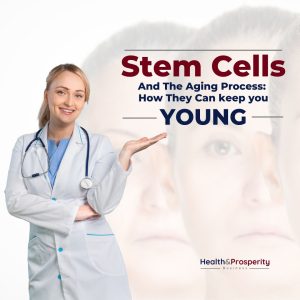
Stem Cells and the Aging Process: How They Can Help Keep You Young
Aging is a natural part of life, but it doesn’t have to mean a decline in health and vitality. In this blog post, we’ll explore the ways in which stem cells can help slow down the aging process and keep you looking and feeling young. We’ll cover the potential benefits of stem cell therapy for age-related conditions such as Alzheimer’s, osteoporosis, and arthritis.
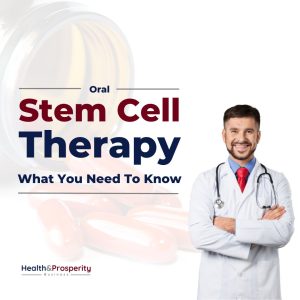
Oral Stem Cell Therapy: What You Need to Know
While traditional stem cell therapy involves injections, a new form of stem cell therapy has emerged that allows patients to take stem cells orally in the form of a capsule. In this blog post, we’ll explore the basics of oral stem cell therapy, including how it works, the potential benefits, and the science behind it.

Stem Cells and Cancer: Can They Help in the Fight Against Cancer?
Cancer is a complex disease that can be difficult to treat using traditional methods. However, stem cells offer a promising new approach to cancer treatment. In this blog post, we’ll explore the ways in which stem cells can help in the fight against cancer, from boosting the immune system to delivering targeted therapies directly to cancer cells.
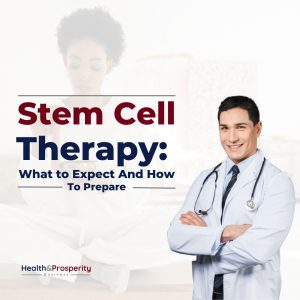
Stem Cell Therapy: What to Expect and How to Prepare
If you’re considering stem cell therapy, it’s important to understand what to expect and how to prepare for the procedure. In this blog post, we’ll cover the basics of stem cell therapy, including the different types of stem cells used, the procedure itself, and what to expect during the recovery process.
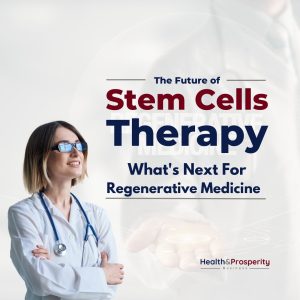
The Future of Stem Cells: What's Next for Regenerative Medicine?
As technology and research continue to advance, the potential applications of stem cells in medicine and regenerative therapies are expanding. In this blog post, we’ll explore the future of stem cells, from new treatments for diseases and injuries to advances in tissue engineering and organ transplantation. We’ll also discuss the ethical considerations surrounding stem cell research and therapy.
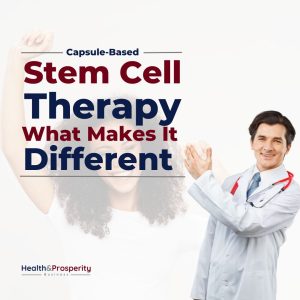
Capsule-Based Stem Cell Therapy: What Makes It Different?
Capsule-based stem cell therapy offers a new and innovative approach to regenerative medicine. In this blog post, we’ll explore the key differences between capsule-based stem cell therapy and traditional injection-based therapy. We’ll cover the benefits of capsule-based therapy, including convenience, affordability, and ease of use, as well as the potential drawbacks and limitations.

